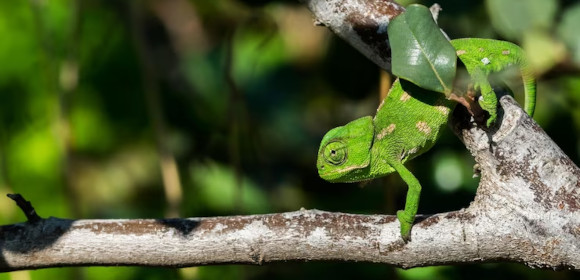Which of the following is an example of a structural adaptation?
Bird migration
Hibernation
Webbed feet in ducks
Seasonal fur color change in arctic animals


Adaptation is a journey, a transformation, a metamorphosis. It is the art of survival in a constantly changing world. It is the ability to adjust, evolve, and thrive. It is a dance between the culture of nature and the subculture of nurture, between instinct and intellect. Adaptation is the essence of life, the key to resilience, and the foundation of progress.
Adaptation refers to the process of adjusting or modifying to suit new or changing circumstances. It is a fundamental concept in biology, as well as in many other fields, such as ecology, psychology, business, and technology. Adaptation can involve physical changes, behavioral changes, or cognitive changes, depending on the context. The goal of adaptation is to enhance survival, reproduction, or success in a particular environment or situation. It can occur through natural selection, learning, or intentional design. Adaptation is a dynamic and ongoing process that enables organisms and systems to cope with the challenges and opportunities of their surroundings.
There are different mechanisms of adaptation, and the exact process depends on the type of organism and the nature of the selective pressures including their strengths and weaknesses. In general, adaptation can occur through genetic changes, behavioral changes, or physiological changes. The general steps involved in the process of adaptation are:
The first step in adaptation is the presence of genetic variation within a population. This variation arises through random mutations and genetic recombination during reproduction.
The second step is the presence of selective pressures, which can be biotic (such as competition for resources or predation) or abiotic (such as changes in temperature or rainfall).
Individuals within the population with traits that are better suited to the selective pressures are more likely to survive and reproduce, passing on their advantageous traits to their offspring. This results in differential survival and reproduction, leading to changes in the frequency of certain traits within the population over time.
As advantageous traits become more common in the population over time, the population evolves, becoming better adapted to its environment.
The process of adaptation is ongoing and dynamic, with changes in the environment and genetic variation leading to new selective pressures and further evolutionary change over time
There are three main types of adaptation: genetic adaptation, behavioral adaptation, and physiological adaptation. Genetic adaptation occurs through natural selection acting on genetic variation, while behavioral and physiological adaptations involve changes in an organism’s behavior or body systems in response to environmental pressures.
One example of adaptation is the evolution of antibiotic resistance in bacteria. When exposed to antibiotics, some bacteria may possess genetic mutations that allow them to survive and reproduce, passing on their resistant traits to their offspring. Over time, antibiotic resistance becomes more common in the population of bacteria and archaebacteria.
Yes, humans are capable of adapting to their environment through a variety of mechanisms, including genetic, behavioral, and physiological adaptations. For example, humans have evolved lighter skin pigmentation in response to living in areas with less sunlight, and can also adapt behaviorally and physiologically to changes in temperature, altitude, and other environmental factors.
In conclusion, adaptation is nature’s ingenious way of solving the puzzle of survival. It is the ultimate tool that allows living organisms to adjust and thrive in their ever-changing environment. From the smallest bacteria to the largest mammals, all life forms possess the ability to adapt through genetic, behavioral, and physiological changes. Adaptation is a fascinating process that fuels evolution and enables the remarkable diversity of life on our planet.
Text prompt
Add Tone
10 Examples of Public speaking
20 Examples of Gas lighting
Which of the following is an example of a structural adaptation?
Bird migration
Hibernation
Webbed feet in ducks
Seasonal fur color change in arctic animals
Camouflage is an adaptation that helps animals:
Attract mates
Find food
Regulate body temperature
Hide from predators
Which type of adaptation involves changes in an organism's behavior?
Structural
Behavioral
Physiological
Genetic
What type of adaptation is exhibited by the ability of desert plants to store water in their tissues?
Structural
Behavioral
Physiological
Genetic
Which of the following is an example of a behavioral adaptation?
Thick fur
Birdsong
Bright plumage
Sharp claws
How does mimicry help an organism survive?
By making it look like a more dangerous organism
By allowing it to hide from predators
By helping it find food
By aiding in temperature regulation
Which of these adaptations is most likely to be found in an arctic animal?
Thin fur
Large ears
Dark coloration
Thick blubber
An example of a plant adaptation to a dry environment is:
Large leaves
Shallow roots
Waxy leaf coating
Thin stems
Which of the following is a structural adaptation found in fish?
Schooling behavior
Gills
Migration
Nocturnal activity
Why do some animals hibernate during winter?
To avoid predators
To find more food
To conserve energy
To reproduce
Before you leave, take our quick quiz to enhance your learning!

